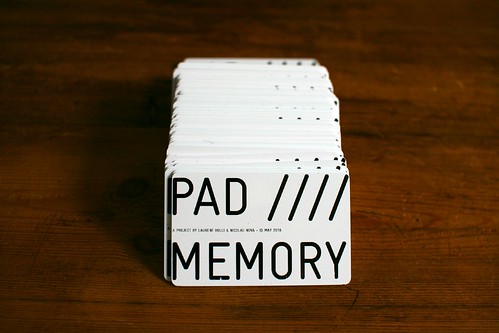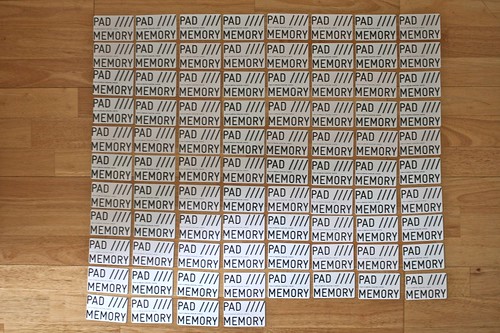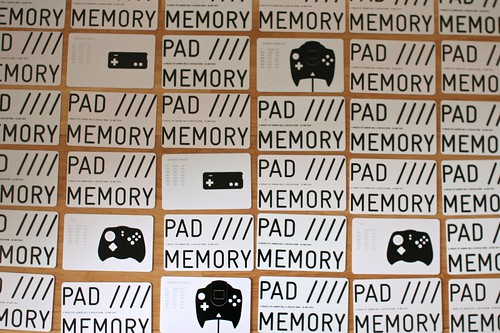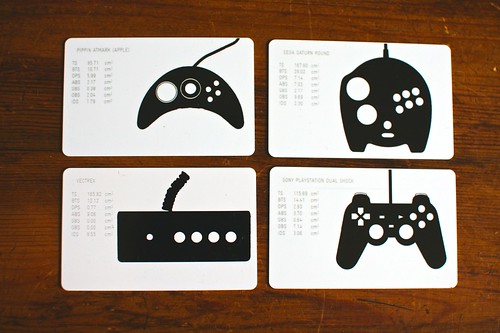Last week I attended the European Association for the Study of Science and Technology conference in Trento, Italy. I went there presenting my work about game controllers and user appropriation of these devices.
One of the most interesting session I attended was part of a track called "Speculation, Design, Public and Participatory Technoscience: Possibilities and Critical Perspectives". Focused on speculative design, the talks in this session explored how design is increasingly cast as a possible mode of intervention into technoscience. James Auger's presentation in this session was highly inspiring. Entitled "Speculative Design by Practice: robot case study", it addresses Auger's approach to design for speculation. He basically described this perspective with the following diagram:

As presented on his blog, this matrix can be read like this:
"At the origin we have the here and now; everyday life and the real products that are available on the high street. The lineage of these products can be traced back in time to where the technology became available to iterate them beyond their current form. The technology element on the left hand side represents research and development work, the higher the line the more emergent the technology and the longer and less predictable the route to everyday life (domestication). As we move to the right of the diagram and into futures we see that speculative design futures exist as a projection of the lineage; they are developed using a methodology that consciously focuses on contemporary public understanding and desires to make these speculations both tangible and desirable. Alternative presents step out of the lineage at some poignant time in the past to re-imagine our technological present. These designs challenge and question the existing systems and objects that arise from current modes of manufacture."
Such diagram is an interesting model that allows to explore product evolution in a non-standard way. One can see it as a generative tool to investigate design fictions that target potential futures or alternative presents. For instance, based on a certain technology, one can start designing original products that would challenge how we're using it. The key thing with this matrix is the context of origin (the "here and now"): where are we doing it? when are we doing it? Another interesting point IMO is also the notion of "product lineage" (see the work by Simondon). The use of past technologies and products influence potential future avenues and past failures can also be recombined to create original design.
He exemplified this with a robot case studies, which could be seen as myths/failed visions of the future. Although technologies move forward, the visions and the promises remain the same, as attested by useless humanoids devices such as Asimo. Auger shows how looking at context (what influences classical product design) leads to more meaningful and less spectacular robot design. Looking at what makes people tick (such as a video of lizard that catch fly on a restaurant table) enables to speculate and design about a potential robot that would do the same.
This part reminded me of Sara Ljungblad's work about how the observation of marginal practices can provide a new perspective on the use of the technology, raising design ideas that are based on alternative viewpoints and ways of doing things. In her work, she showed how the observation of people who collect unusual pets, such as snakes and spiders) can be relevant to understand underlying human interests and qualities of interaction, relevant for designing robots.
This corresponds to the Carnivorous Domestic Entertainment Robots we shown at Lift10. See for example the coffee table mousetrap robot:

What's important here, as claimed by Auger, is that the term "speculative" is flawed. It gives the sensation that the artifacts does not exist. By existing for real, the public treat them as more seriously because it resonates with their everyday life.
Auger also discussed several principles that guided his work:
- Ignore the stereotypical representation of robots and acknowledge existing contextual artifacts (tables, lamps...)
- Produce "objets of desire" that people would be happy to have in their home,
- Get to a new kind of relationship with objects.
- Using this to question technology
Why do I blog this? the interest here is triple: (1) My personal interest in design fiction (and an upcoming talk about it as the Swiss Design Network conference!), (2) The design tactics used in this context and how they can be transferred to design research/field research, (3) The robot case, which resonates with current Lift Lab projects about networks objects and robots.

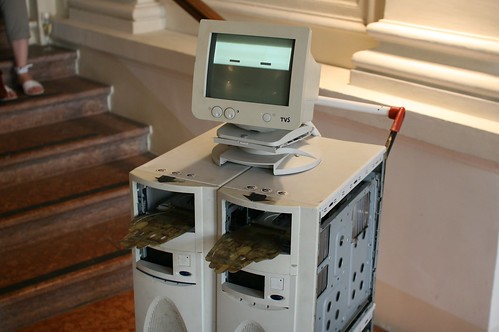 (A "
(A "



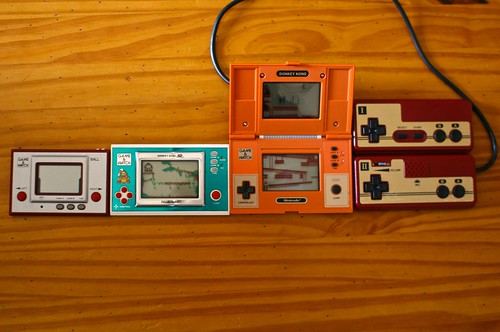
 An excerpt from this
An excerpt from this  I ran across these post-its notes at
I ran across these post-its notes at 


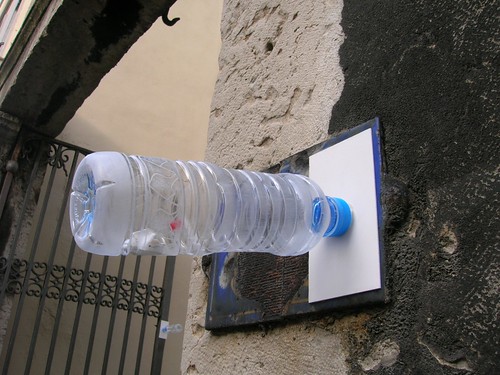 SOmething encountered in Lyon few years ago, I have not clue about its use.
SOmething encountered in Lyon few years ago, I have not clue about its use. A sign encountered at the airport in Lisboa, issued by the
A sign encountered at the airport in Lisboa, issued by the  A Nintendo DS attached to a luggage encountered in Marseille the other day.
A Nintendo DS attached to a luggage encountered in Marseille the other day. An interesting read for a Friday afternoon: “
An interesting read for a Friday afternoon: “ Yesterday, I watched the latest episode of the documentary series called "into the night" on Arte (the French/German television). The point of this series is to have two intriguing people and get them to talk to each other. In this episode, the conversation happens between the Indie game designer
Yesterday, I watched the latest episode of the documentary series called "into the night" on Arte (the French/German television). The point of this series is to have two intriguing people and get them to talk to each other. In this episode, the conversation happens between the Indie game designer 

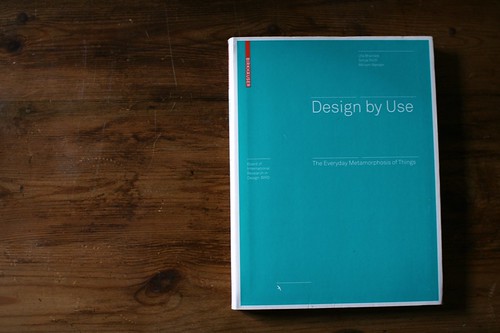

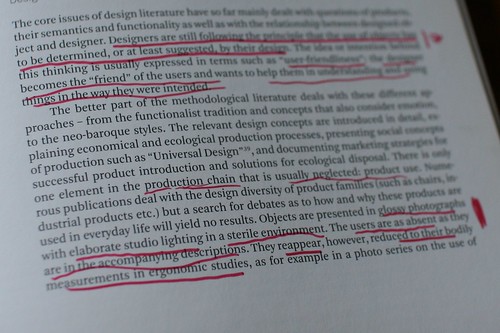
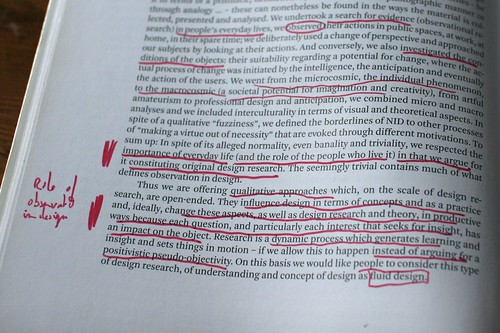
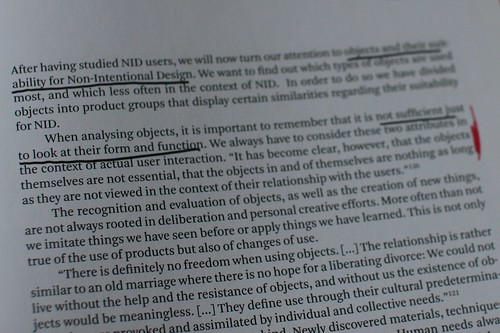
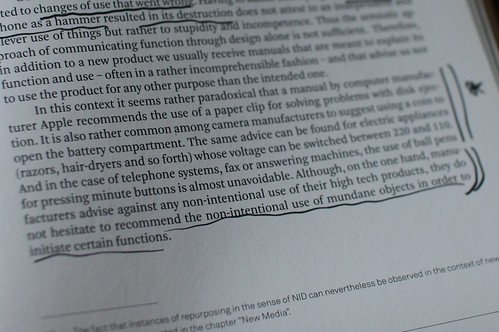

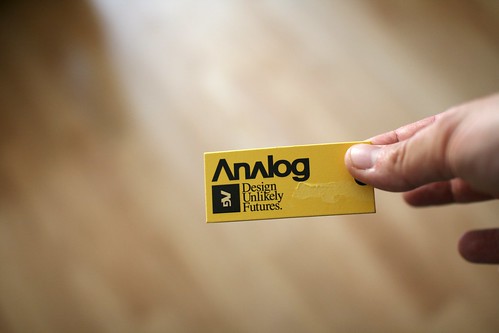



 Kokonatchi / ココナッチ (University of Tokyo and Waseda):
Kokonatchi / ココナッチ (University of Tokyo and Waseda):


